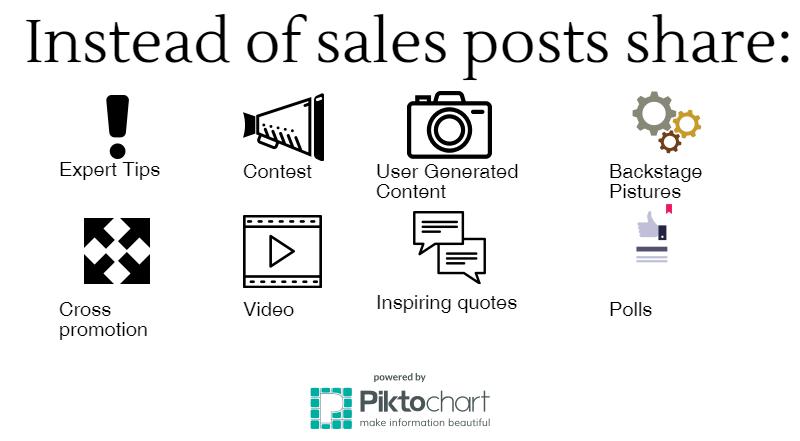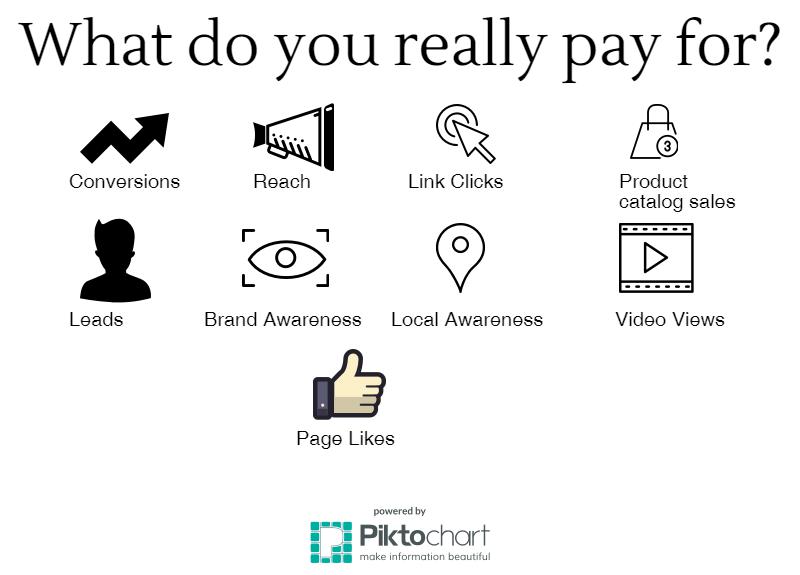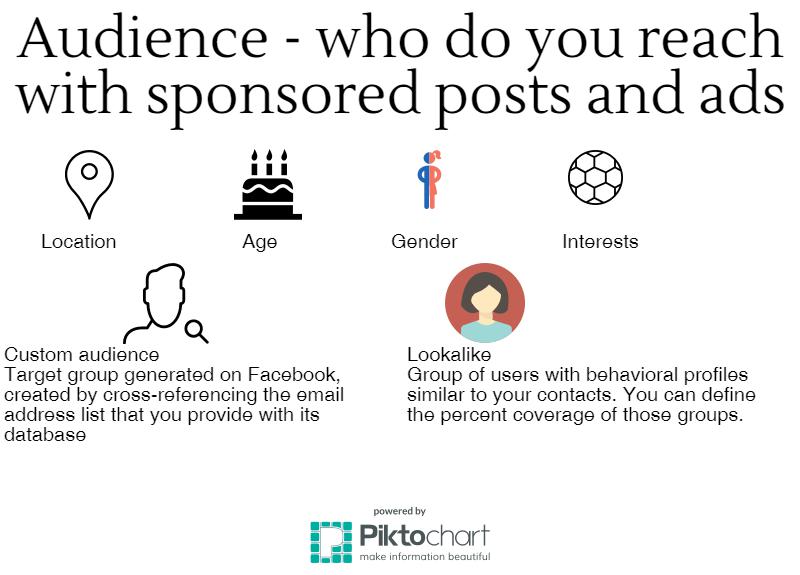How to spend money on Facebook wisely? The fact that running social media marketing can significantly increase profits in ecommerce is an open secret. Nonetheless, there is a catch: if you promote posts using a traditional approach, you simply blow up your budget and you don’t even get a return on that investment. How to do it effectively tho?
Facebook vs Search Engine
Both channels have wide reach and offer the possibility of paid promotion of goods and services. However, from the user’s point of view, they serve completely different purposes. While opening the search engine window, we have an (more or less) explicit question we want to get the answer to:
- The best Marketing Automation platform for Ecommerce
- Last Minute offer, Mallorca
- Special offer wedding centerpiece London
After the research and education stage, we choose the supplier or manufacturer that suits our needs best and process to the purchase.
On the other hand, on Facebook we expect entertainment and contact with friends. We talk to people, react to their pictures, read news, follow the content posted by companies, watch funny cats, and plant virtual potatoes.
Buying something is the last thing that we have in our minds.
Facebook Magic Numbers
As we have already mention in the post about efficient time management in social media, everybody should get to know the 4-1-1 rule. If you are responsible for company’s fanpage then you should master marketing message moderation. Product / service / limited offer info posted every single hour won’t be super effective. In fact it can alienate your customers for good. The general rule is that for every marketing post you should include 4 publications with valuable content from other sources and make 1 post relevant for the audience (source).
The second rule that applies to Facebook is the Pareto, i.e. 80/20 principle. 80% of published content should be educational and entertaining, and only 20% should be for marketing and sales.
What can you pay on Facebook for?
Facebook offers the possibility of a paid reach increase of published content. When it comes to payment you can chose from several options. Basically, the simplest division is: paying for link click, like, and application install. However, there are a number of factors that affect the cost and effectiveness of your campaign. One of the most important is picking the campaign’s objective. Quoting Facebook Business – they can be divided as follows:
Awareness: Objectives that generate interest in your product or service. We name three goals:
- Brand Awareness
- Local Awareness
- Reach
Consideration: Objectives that get people to start thinking about your business and look for more information about it. Including:
- Traffic
- App installs
- Engagement
- Video views
- Lead generation
Conversions: Objectives that encourage people interested in your business to purchase or use your product or service:
- Conversions
- Product catalog sales
- Store visits
How to optimize Facebook Ads costs?
The overall cost of your Facebook advertising campaign can be changed by simple action of limiting the “everyone” audience to targeted groups.
The basic targeting options for Facebook ads include the following factors:
- Location
- Age
- Gender
- Interests
However, in order to personalize the marketing message even better, you must learn how to create the so-called custom audience groups.
Custom audience – a group of recipients that Facebook creates by cross-referencing the email database that you provide with its own database. Custom Audiences can be easily created, via the marketing automation platform. In SALESmanago, you can create Facebook target groups based on individually monitored user behavior, such as adding a tag to a contact, reaching a funnel stage, reaching a specific scoring, or, for example, unsubscribing from the mailing list.
Lookalike – a group of users with behavioral profiles similar to your contacts. You can define the percent coverage of those groups. Creating these types of groups allow you to reach people who are most likely to be interested in your offer because of their similarity to those already interested in it. Creating Lookalike groups requires uploading a group of source audience – a custom audience group, monitoring pixel data, mobile app data, or website fans.
I hope you find this article useful. If so let us know! Share it with your friends on Facebook, leave a comment or give us thumbs up!




 Follow
Follow
















